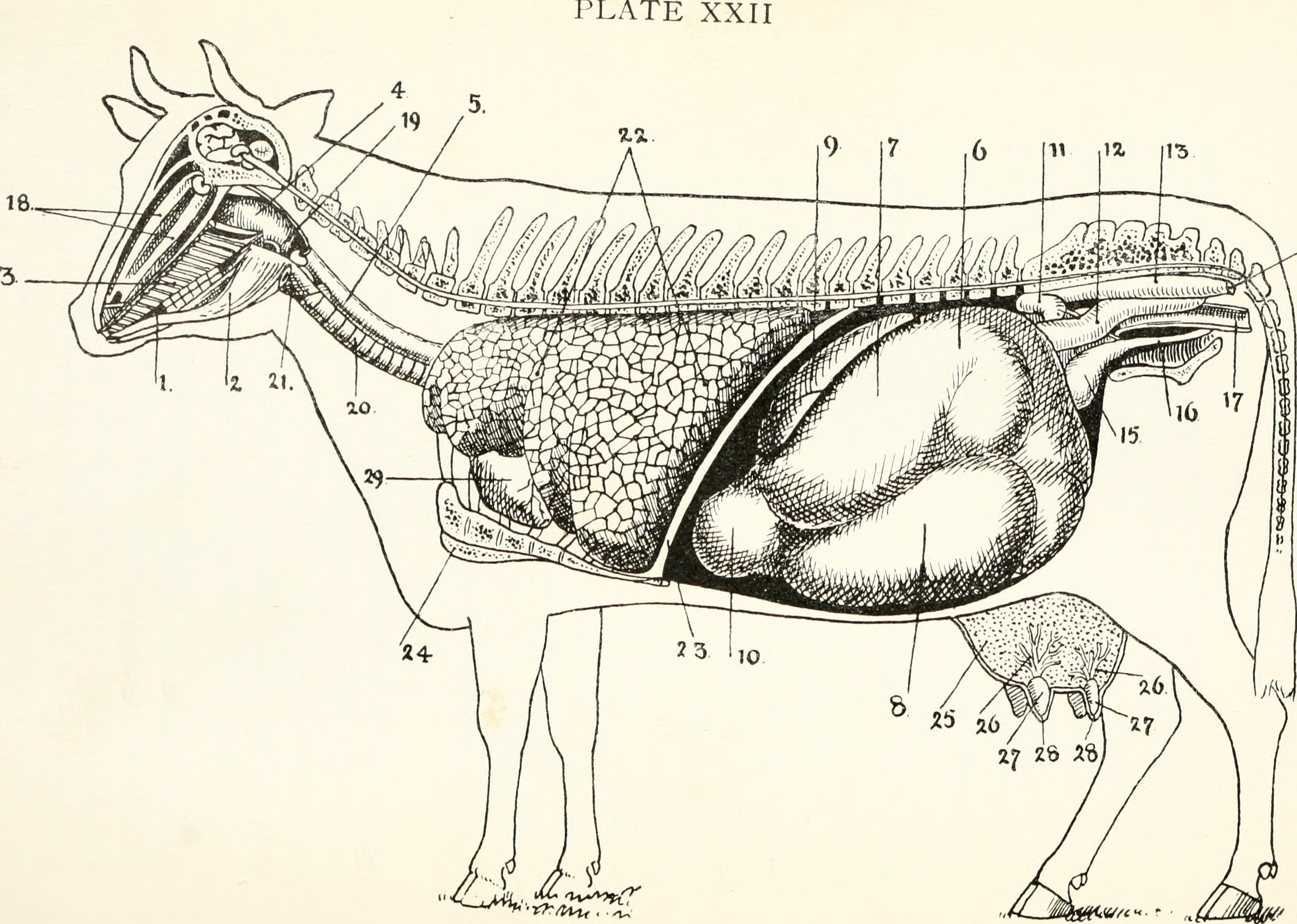Eating the whole beast
posted on
February 16, 2018

In today’s kitchen, modern home chefs opt for lean cuts of meat that are quick and easy to prepare. Think chicken breast, steak, or pork chops. By giving preference to specific cuts of meat, most modern Americans are missing out on the flavors, textures, and nutrition that comes from the rest of the animal. Think organs, bones, and fat.
Organ meats and bones are the most nutrient-dense parts of the animal. Organs specifically are the best natural sources for vitamin B12, vitamin A, and countless other vitamins and minerals. That being said, it is important to source your meat from farmers who raise animals the right way – on a nutritious diet, in a natural habitat, and without chemicals of any kind. The products consumed from animal raised in these conditions will be far more nutritious than their conventionally raised counterparts.
The culinary adventure of eating from nose to tail is the most sustainable way to be an omnivore. A farmer cannot grow a leg of lamb; he has to grow the whole lamb. The industrialized meat industry takes the less popular parts of the animal and turns them into highly processed animal by-products used in fast food, pet food, and a variety of “meat” products. It is the home cook’s responsibility to take those parts back by learning to prepare meals that utilize the whole beast.
Learning to cook less popular cuts of meat takes guts. These delights were integral in the American diet less than 100 years ago and are staples in many cultures around the world today. However, the flavor profiles and textures are considered “strong” or “weird” to the modern American palate. Because of this, these parts of the animal are not typically found in the grocery store. You need to source these parts from specialty butchers or directly from the farm.
Preparing these parts of the animal is not typically time consuming but does require forethought. For example, here’s a recipe for dried salted pig’s liver, radishes, and boiled eggs that takes over a month to prepare but requires perhaps 30 minutes of actual cooking. Mix 2.5 cups sugar and 1.5 cups salt. Pour half into a glass container. Place the liver on top and add the remaining sugar/salt mix over it. Cover with a lid or plastic wrap, and leave in the fridge for 2 weeks (if the mixture melts away from the juices of the liver, you may need to add more dry mixture). When the time is up, remove the liver from the mixture. It should be firm but not rock hard. Rinse with cold water, dry it, and rub it down with ample black pepper. Roll, wrap, and tie it in a clean kitchen towel and let hang in a cool dry airy place for at least 3 weeks.
About 5 weeks have gone by, and you are finally ready to assemble the dish! Thinly slice the liver and place in a hot pan with a dab of oil. The idea is to show them the pan. Heat quickly, turn over, top them with a healthy splash of balsamic vinegar, and let sizzle for a moment. Remove from the heat and serve over a salad of whole radishes, radish leaves or arugula, quarters of hard boiled eggs, scallions, capers, curly parsley, and your favorite vinaigrette.




